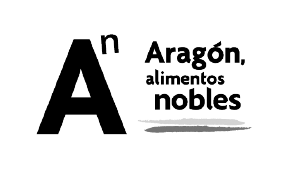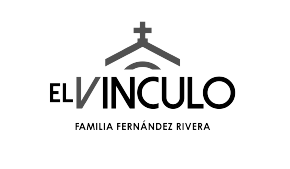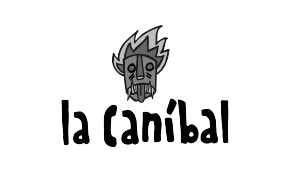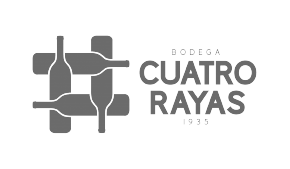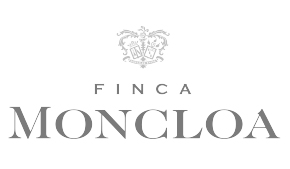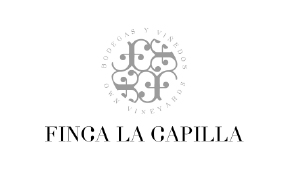News
Arte Cisoria, the bible of knives
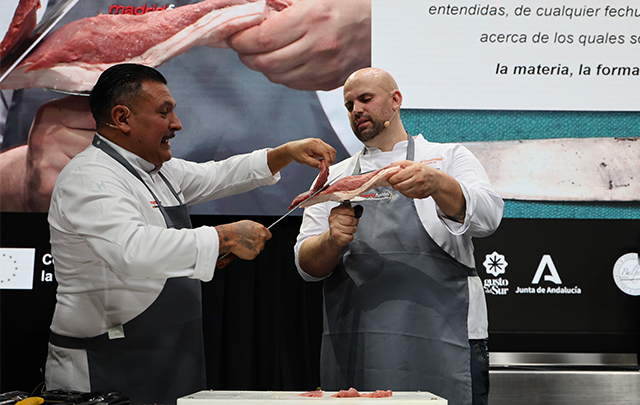
Madrid Fusión Alimentos de España pays tribute to the book written by the Marquis of Villena six hundred years ago
The auditorium of Madrid Fusión Alimentos de España took a short trip back in time to pay tribute to the art of the knife and the man who, six centuries ago, put black on white. In September 1423, Enrique de Aragón, Marquis of Villena, completed his 'Arte Cistoria', a book on the use of the knife in the kitchen. He finished writing it in Torralba (Cuenca).
"In the 15th century, people still ate with their hands and the fork was rarely used. It was only used for very fatty foods", explained Ana Vega Pérez de Arlucea, a food journalist, on stage. "You had to eat with your hands and you only used three fingers. It was very important that it arrived at the table in small pieces, as Asians do now with chopsticks", said this diver in the history of food, as chef Javier Brichetto prepared a wild boar as it would have been prepared in the 15th century.
Enrique de Villena was a very cultured man who "knew the secrets of the protocols of Aragon and Castile". "He wrote 21 chapters on all the knives, how to sharpen them, and also on forks and drills. And he explains how to cut everything that was eaten in Castile in the 15th century: lots of game, fruit and vegetables, and products such as lobster, tuna and even dolphin. We don't know how it was done, but we know what was eaten," adds Vega. The monastery of El Escorial has a copy written by the Marquis, which Philip II is said to have bought for his private collection. It was a book that remained hidden until Antonio Marín printed it for the first time in 1766. Another century passed before Felipe Venicio Navarro reprinted the Arte Cisoria in 1879.
Alatz Bilbao, from the Bakea restaurant in Mungia (Biscay), also took part in the Madrid Fusión tribute. He reconstructed two 15th-century knives from the sketches in the book, thanks to his knowledge of his old trade: he was a miller before he was a chef. "In Bakea, we work with steel in a family workshop," he said, while confessing to Brichetto that one of the two knives was used to cut pumpkins. For his part, the Argentinian chef demonstrated how it was sliced six centuries ago. It was done in the air and not on a board, as is the case today.

























